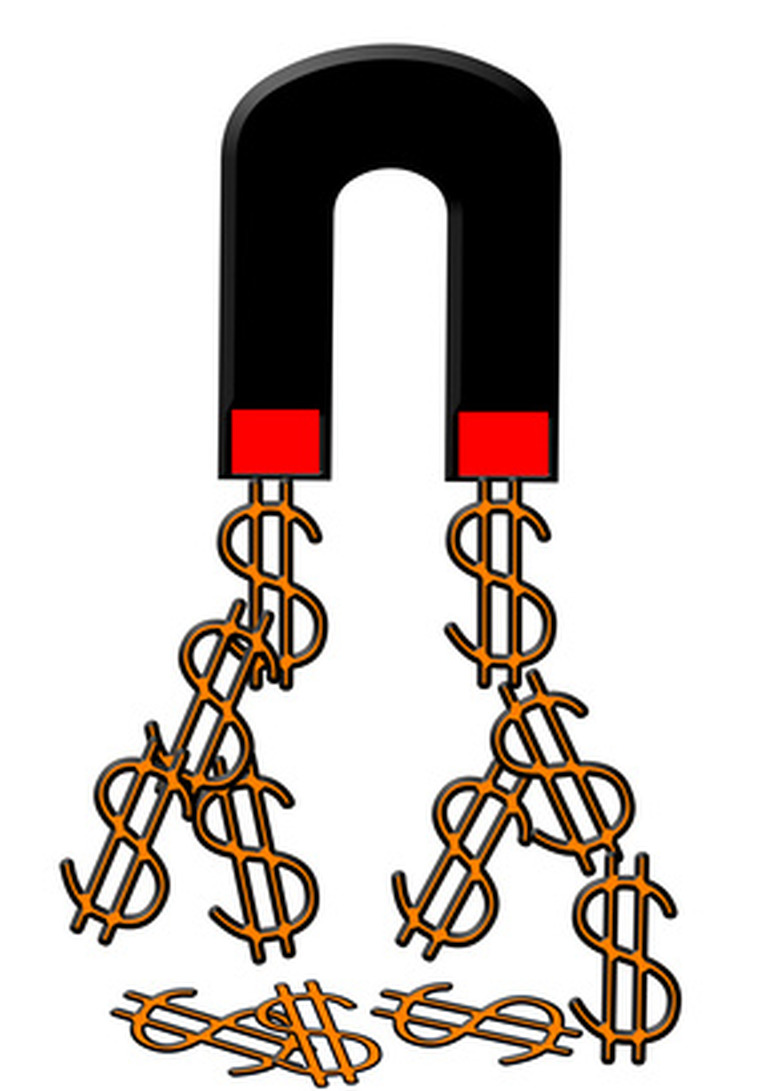Experiments With Magnets For Children
Magnets can keep children entertained for a long time. The way they sometimes stick together and sometimes move away from one other seems like magic to young children, so magnets are a useful tool to help children learn about science and observation. Provide children with a variety of sizes of magnets so they can observe how different sizes have different strengths.
What Will Stick?
What Will Stick?
Gather a collection of small objects, some made of metal and some not. Show children two large magnets. Demonstrate how the magnets stick to each other. Next demonstrate how a metal object sticks to the magnet, while a non-metal object like a button or a plastic toy does not stick. Ask the children to look at the objects you've arranged and make predictions about what will and will not stick to the magnet. If children are old enough, have them write their predictions down. For younger children, write their predictions down for them. Next have the children use the magnets to try out their predictions. Write down the actual results and ask the children to make comparisons between what they expected to happen and what actually happened. Ask them to make further predictions about what other kinds of objects would be attracted by magnets.
DIY Compass
DIY Compass
Before making the compass, explain to children about the directions north, south, east and west and how it is useful to know what direction you're going in. Explain that a magnet will always point north. Have a child tap one end of a needle 30 to 40 times with a magnet. This will magnetize that end of the needle. Cover the other end of the needle with a piece of tape. Stick the needle through the middle of a cork like the kind that comes in a bottle of wine. Using pieces of tape, label the edge of a small bowl with north, south, east and west. Pour enough water in the bowl so that the cork will float, then place the cork and needle in the bowl. As children turn the bowl, the needle should continue to point north. Give them directions like "walk north three steps, then walk east three steps" so they can learn how to use the compass.
Experiment With Iron
Experiment With Iron
Place a magnet on a table. Place a sheet of acetate like the kind that is used on overhead projectors on top of the magnet. While you hold the sheet still, have children slowly pour iron filings on top of the sheet. The filings will spread out and cover the area where the magnet is. The filings will form a pattern that shows children what the direction of the magnet's polarity looks likes. Children can also move the magnet around underneath the acetate and watch the filings move around wherever the magnet goes.
Opposing Poles
Opposing Poles
This experiment helps children understand that magnets have poles and that magnets can either attract or oppose each other. Get a wooden dowel and some "donut" magnets. These magnets are circular and have holes in the center. Have children stand up the dowel on a table and start stringing the magnets onto the dowel. When they put on magnets with their opposing sides facing each other, the top magnet will float above the other. Children can flip the magnet over and see the difference as they stack directly together. Kids will enjoy filling the dowel up with floating magnets.
References
Cite This Article
MLA
Walsh, Kathryn. "Experiments With Magnets For Children" sciencing.com, https://www.sciencing.com/experiments-magnets-children-7461297/. 24 April 2017.
APA
Walsh, Kathryn. (2017, April 24). Experiments With Magnets For Children. sciencing.com. Retrieved from https://www.sciencing.com/experiments-magnets-children-7461297/
Chicago
Walsh, Kathryn. Experiments With Magnets For Children last modified March 24, 2022. https://www.sciencing.com/experiments-magnets-children-7461297/
